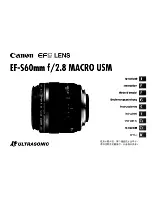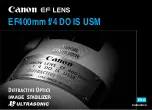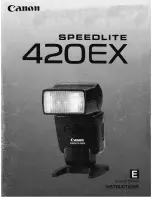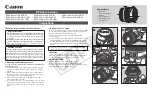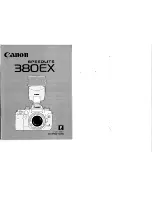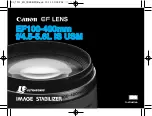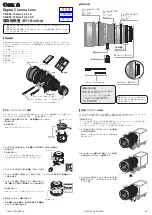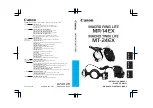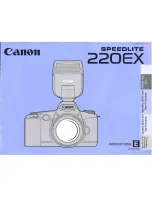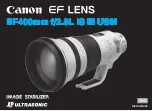
GLOSSARY
46
P-SERIES™
IEC
(International Electrotechnical Commission): Global organization that publishes interna
-
tional standards for electrical, electronic, and other technologies.
IP ADDRESS
The terminal’s network address. Networks use IP addresses to determine where to send
data that is being transmitted over a network. An IP address is a 32-bit number referred
to as a series of 8-bit numbers in decimal dot notation
(e.
g., 130.24.34.03). The highest
8-bit number you can use is 254.
ISO
(International Organization for Standardization): A network of the national standards
institutes of several countries producing world-wide industrial and commercial stan
-
dards.
LED (LIGHT EMITTING DIODE)
A low power electronic light source commonly used as an indicator light. It uses less
power than an incandescent light bulb but more than a Liquid Crystal Display (LCD).
LED ILLUMINATOR
LED technology used as an extended lighting source in which extra optics added to the
chip allow it to emit a complex radiated light pattern.
MATRIX SYMBOLOGIES (2D CODES)
An arrangement of regular polygon shaped cells where the center-to-center distance of
adjacent elements is uniform. Matrix symbols may include recognition patterns which
do not follow the same rules as the other elements within the symbol.
RAM
Random Access Memory. Data in RAM can be accessed in random order, and quickly
written and read.
SHUTTER OPEN TIME (EXPOSURE TIME)
The time during which the image to be acquired is exposed to the camera's image sen
-
sor.
SYMBOL VERIFICATION
The act of processing a code to determine whether or not it meets specific require
-
ments.
TRANSMISSION CONTROL PROTOCOL/INTERNET PROTOCOL (TCP/IP)
A suite of standard network protocols. The TCP governs sequenced data; the IP governs
packet forwarding. TCP/IP is the primary protocol that defines the Internet.


















